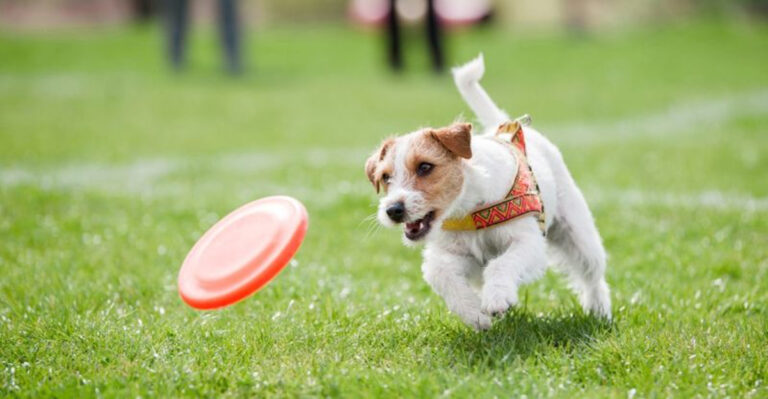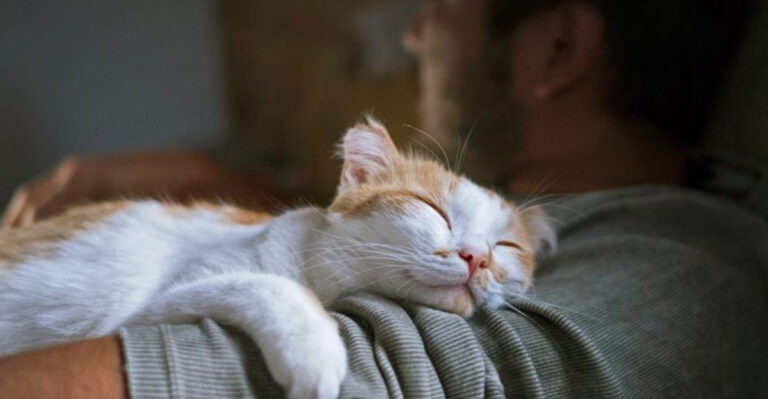19 Proven Methods To Keep Your Dog From Peeing Inside
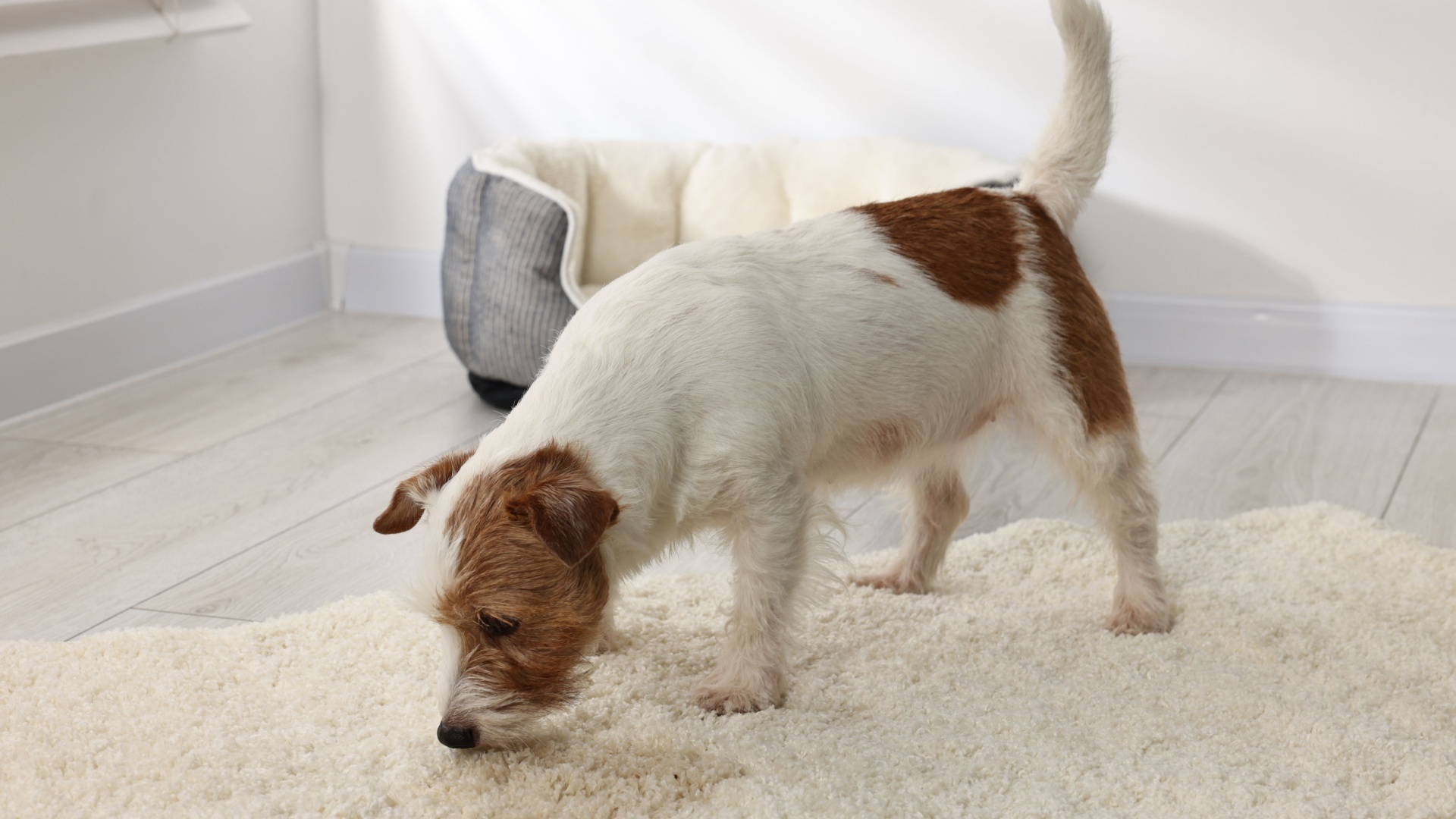
Having a dog that pees inside the house can be a frustrating experience for any pet owner. But don’t worry, there are effective methods to prevent this behavior.
These methods range from training techniques to environmental adjustments. Let’s explore these strategies for a happier home!
1. Establish A Routine
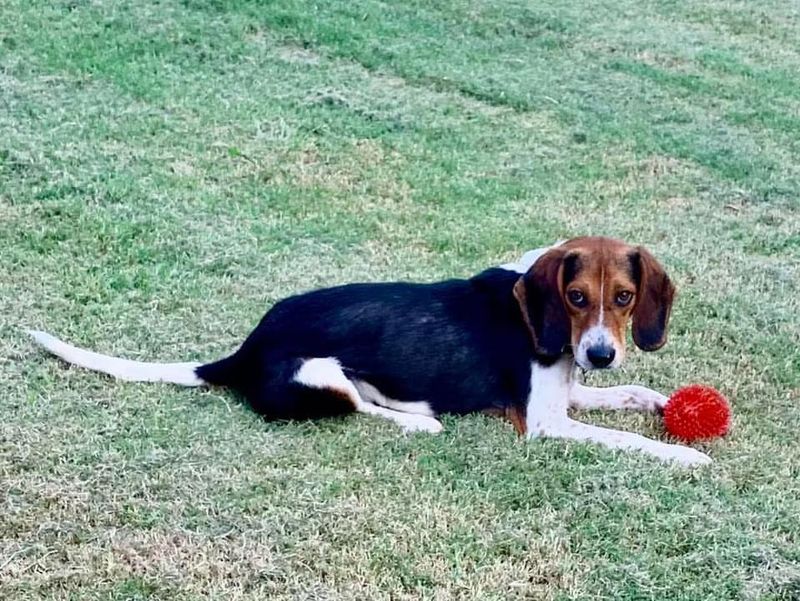
Consistent feeding, walking, and bathroom breaks help them understand what’s expected. Regular schedules reduce indoor accidents.
Start with morning walks, then feed your dog. After meals, take another walk. Evening routines should mirror the morning.
Regularity is comforting, and dogs naturally adapt. Remember, consistency is key to success.
2. Positive Reinforcement
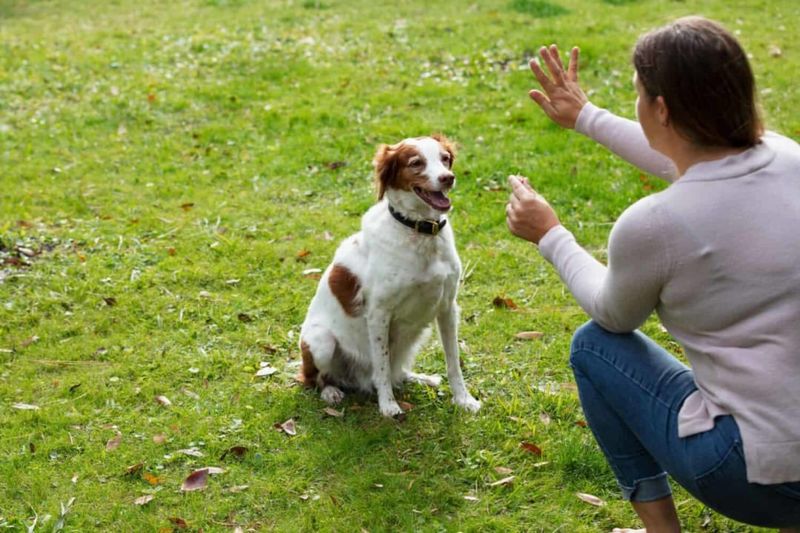
Rewarding good behavior encourages dogs to repeat it. Whenever your dog pees outside, offer praise or a treat.
This positive reinforcement strengthens the connection between the action and the reward. Over time, your dog associates peeing outdoors with pleasant outcomes.
A simple “good job” can work wonders.
3. Use Pee Pads
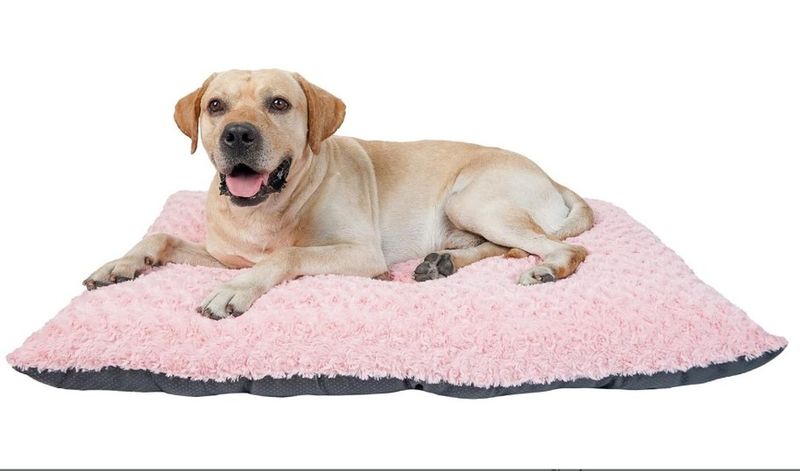
Pee pads can be a lifesaver, especially for younger puppies or older dogs. Place them in a designated area inside your home.
This provides a specific spot for your dog to relieve itself. Over time, gradually move the pad closer to the door, encouraging outdoor peeing.
These pads are not a permanent solution but help during transitions.
4. Crate Training

Crate training is a helpful method for housebreaking, as dogs view crates as their safe spaces. Begin by keeping the crate open for exploration, gradually increasing time spent inside.
Make the crate comfortable with toys and blankets to encourage positive associations. Through patience, dogs learn not to soil their sleeping area, making this a valuable tool in preventing indoor accidents.
5. Frequent Walks

Frequent walks give dogs ample opportunities to relieve themselves. Aim for at least three walks daily. Morning, midday, and evening should be prioritized.
The more chances your dog has to go outside, the less likely they will pee indoors. Walks also offer exercise and mental stimulation.
Consistent outdoor breaks are essential for maintaining a clean home.
6. Limit Water Intake Before Bed
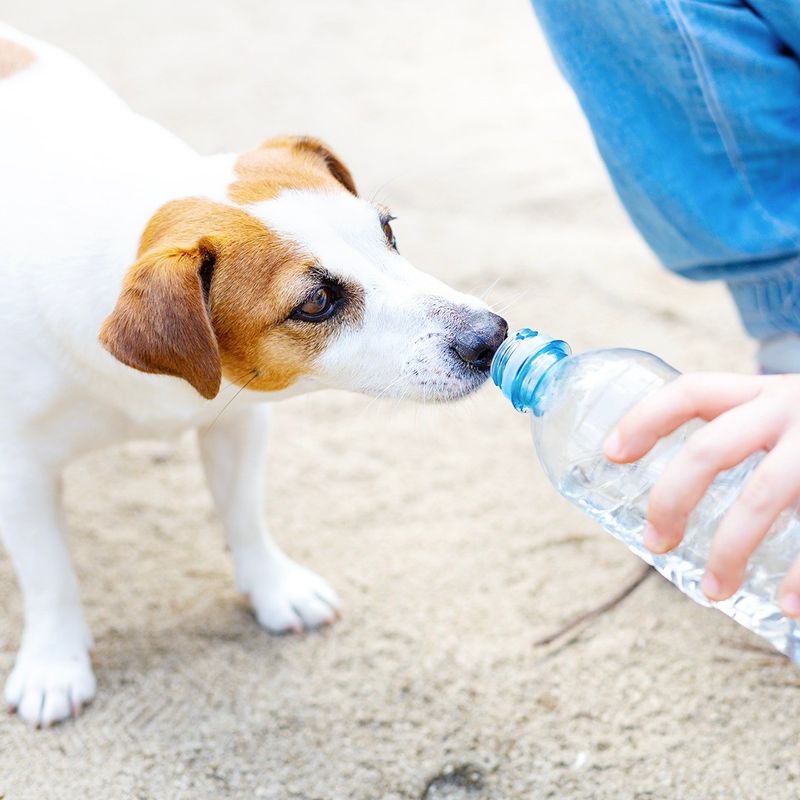
Monitoring your dog’s water intake before bedtime can reduce nighttime accidents. Remove the water bowl a couple of hours before sleep.
Ensure they have plenty of opportunities to drink earlier in the day. Dogs, like humans, need to avoid late-night drinks.
Remember to provide ample hydration during waking hours to keep your dog healthy and happy.
7. Regular Vet Check-Ups
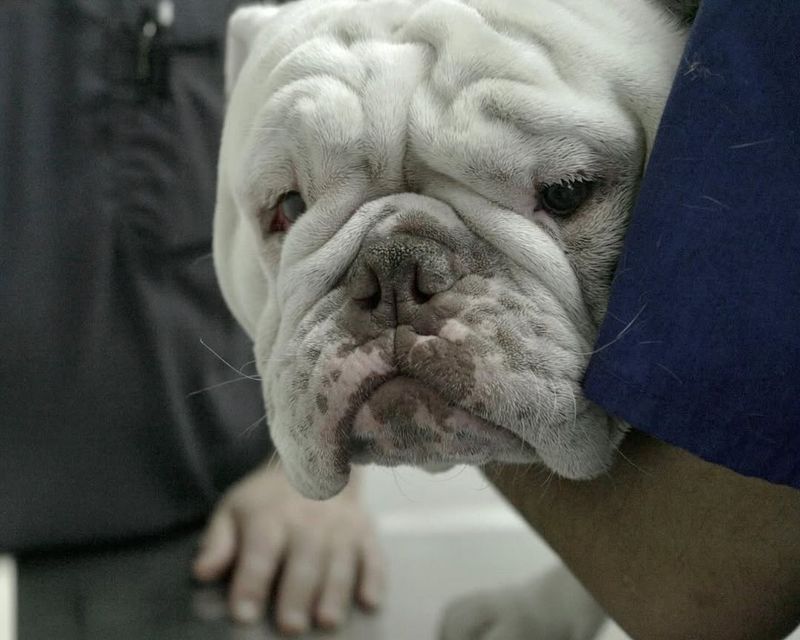
Health issues can lead to indoor peeing. Regular vet visits ensure your dog is in good health.
Conditions like urinary tract infections or diabetes may cause accidents. Early detection can prevent bigger problems.
Discuss any indoor peeing concerns with your vet, they can provide specific advice or treatments.
8. Use Enzymatic Cleaners
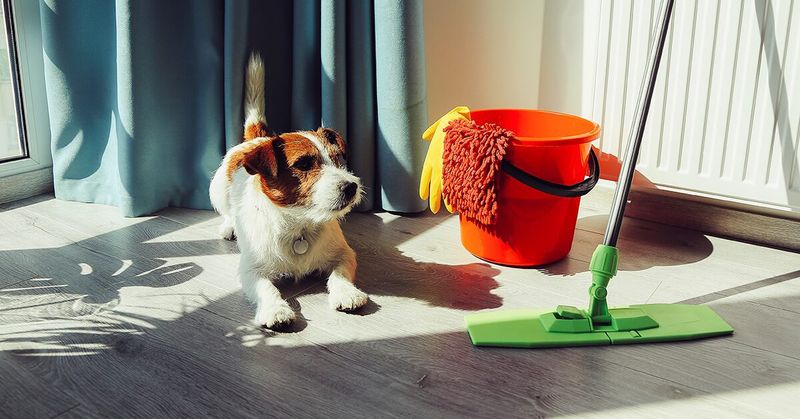
Dogs often return to areas that smell like urine, so using enzymatic cleaners is crucial. These cleaners break down odors and eliminate pet stains effectively.
While regular cleaners may mask smells, they don’t address the root cause. Applying enzymatic solutions promptly helps prevent repeat accidents, fostering better habits and a cleaner environment.
9. Provide Ample Opportunities For Outdoor Play
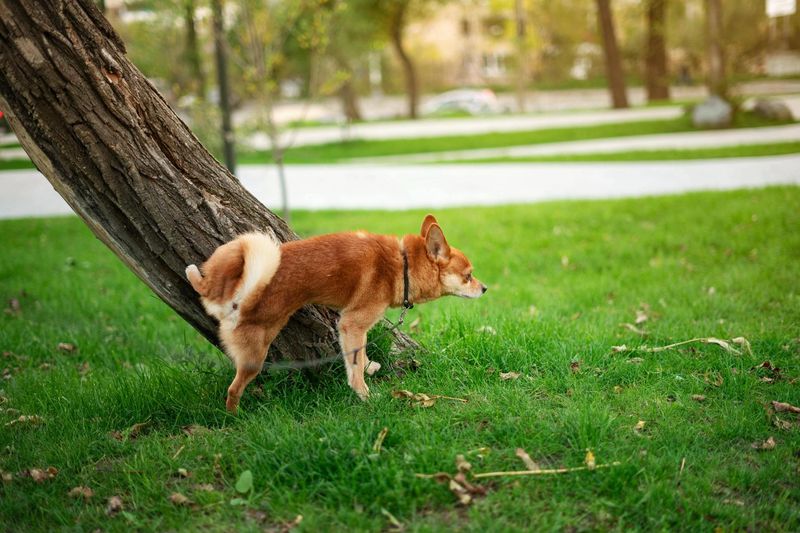
Outdoor playtime offers dogs the freedom to relieve themselves naturally. It also provides exercise and reduces anxiety.
A happy dog is less likely to pee indoors. Encourage regular play sessions in a secure environment.
Over time, your dog learns that outdoor activities are rewarding.
10. Train With Commands
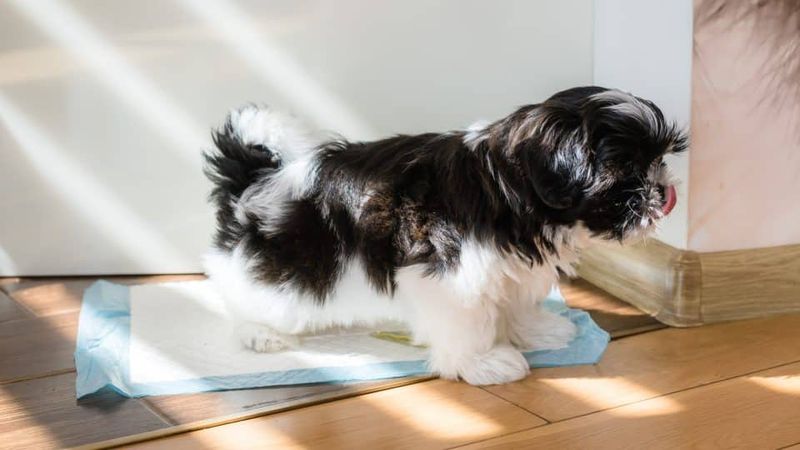
Teaching your dog specific commands, like “go potty,” can be highly effective in housebreaking. Consistency is key during training sessions, using the same language each time.
Rewarding your dog with treats or praise reinforces positive behavior. Over time, your dog will associate the command with the action, providing better control over bathroom breaks and strengthening your bond.
11. Adjust Feeding Times
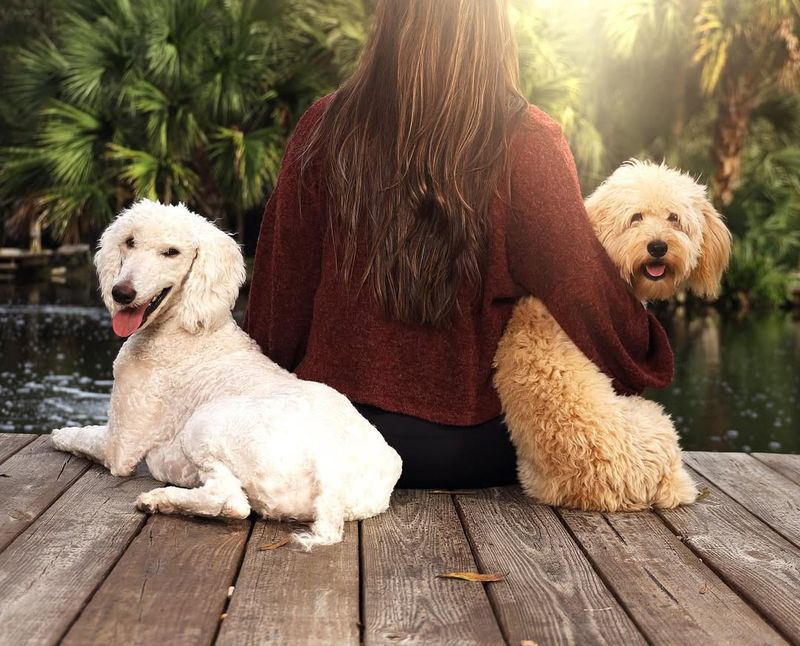
Adjusting feeding times can influence bathroom habits. Consistency helps regulate your dog’s digestive system.
Feed your dog at the same times daily. This predictability assists in scheduling bathroom breaks.
After meals, dogs typically need to go outside. Morning and evening meals should align with walks. ž
12. Create A Designated Bathroom Area
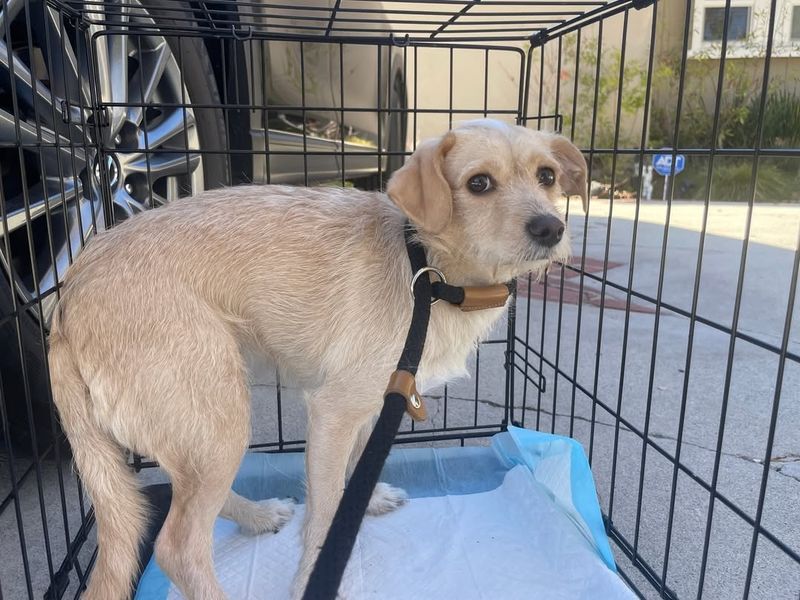
Designating a specific outdoor area for bathroom breaks helps establish a routine. Dogs tend to prefer familiar spots, so guiding them consistently will create a habit.
Over time, they will associate that area with peeing, reinforcing the behavior. Consistency and rewards are key in making this method effective, reducing confusion and ensuring success in housebreaking.
13. Observe And Respond To Signs

Dogs often show signs before peeing indoors. Restlessness, sniffing, or circling are common indicators.
Observing these behaviors allows timely intervention. Promptly take your dog outside when you notice these signs.
Over time, you’ll become adept at recognizing their signals. Responsiveness is key to successful training.
14. Limit Access To Certain Areas
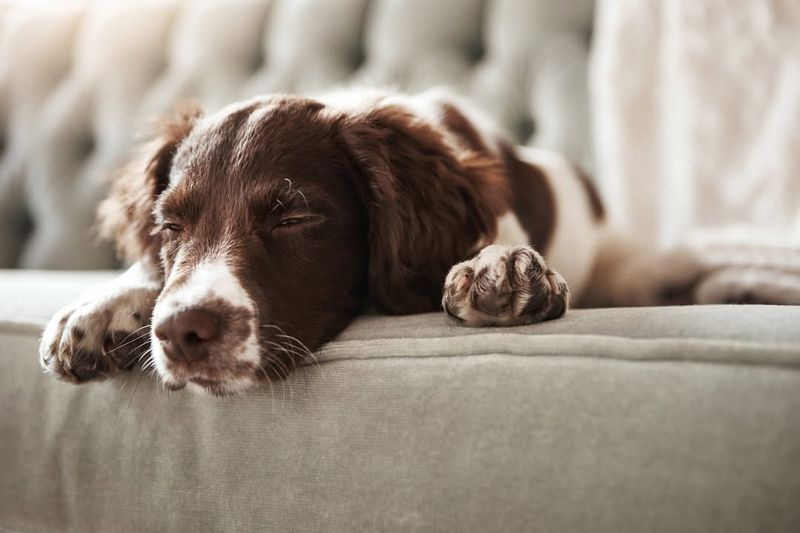
Restricting access to certain areas can significantly reduce accidents. Using baby gates or closed doors helps control your dog’s roaming and simplifies supervision.
Gradually extending access as your dog learns proper habits reinforces good behavior. This method supports housebreaking by focusing your dog’s attention on acceptable areas, creating a structured environment for success.
15. Use Belly Bands For Male Dogs
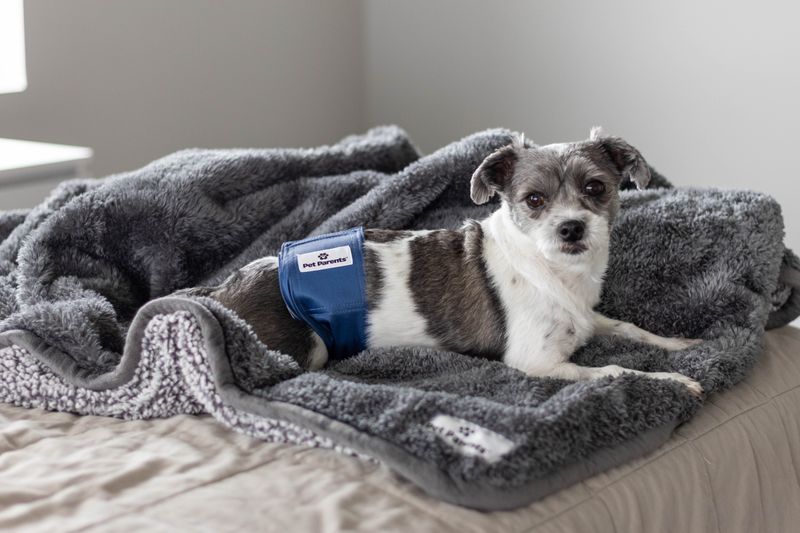
Belly bands are useful for male dogs, wrapping around their waist to prevent accidents from reaching surfaces. They serve as temporary aids during training and should be used with other methods.
These bands are especially helpful in managing marking behavior but require regular checks and changes. Ensuring a proper fit and comfort is key, as they are just one part of a broader training strategy for success.
16. Address Separation Anxiety
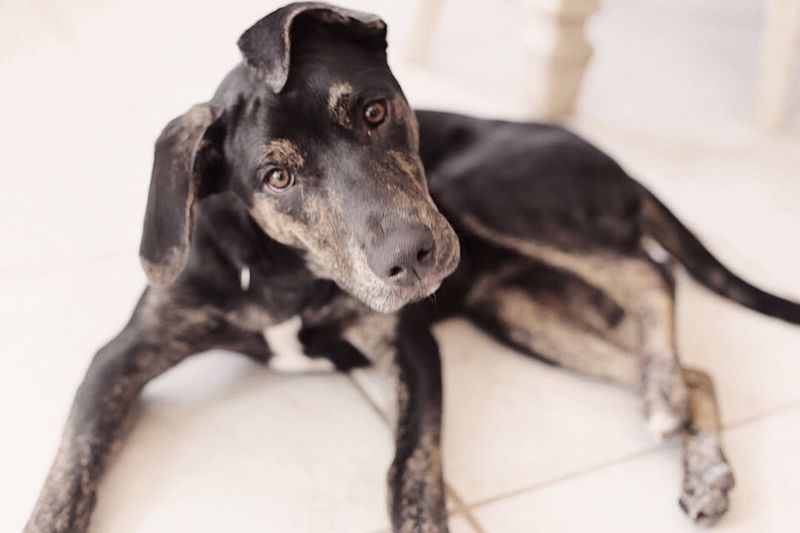
Separation anxiety can cause indoor accidents, so it’s important to help your dog adjust to being alone.
Begin with short absences and gradually extend them, offering toys or distractions for comfort. Patience and understanding are key when dealing with anxiety-related peeing, and professional guidance may be helpful.
By building your dog’s confidence, you can reduce stress and create a sense of security even when you’re away.
17. Teach An Emergency Potty Command

Teach your dog to respond promptly when needed. Use a distinct command reserved for emergencies.
Practice regularly with rewards for success. Consistency and patience are important.
This command offers control during unforeseen circumstances.
18. Avoid Punishment
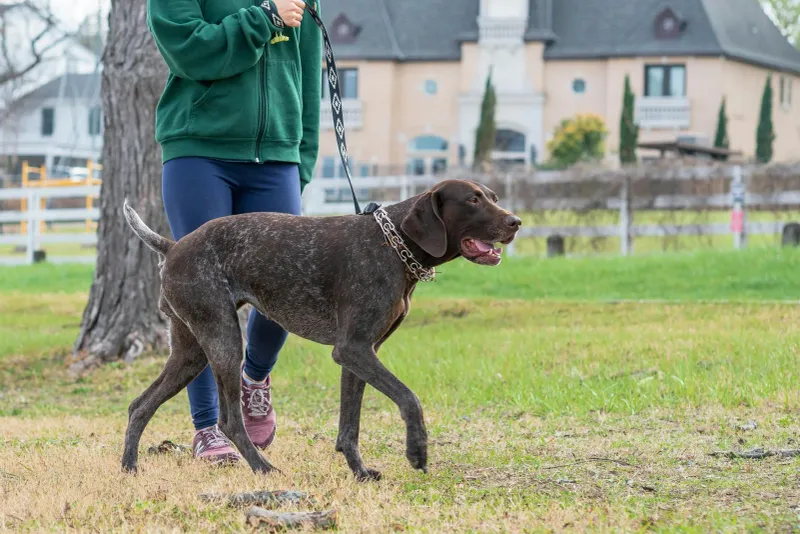
Punishing a dog for accidents can lead to fear and confusion, making training more difficult. Instead, use positive reinforcement and patience to encourage good behavior.
Redirect your dog calmly after accidents and reward them for proper habits. A kind, trusting approach not only strengthens your bond but also supports effective learning.
19. Consult A Professional Trainer
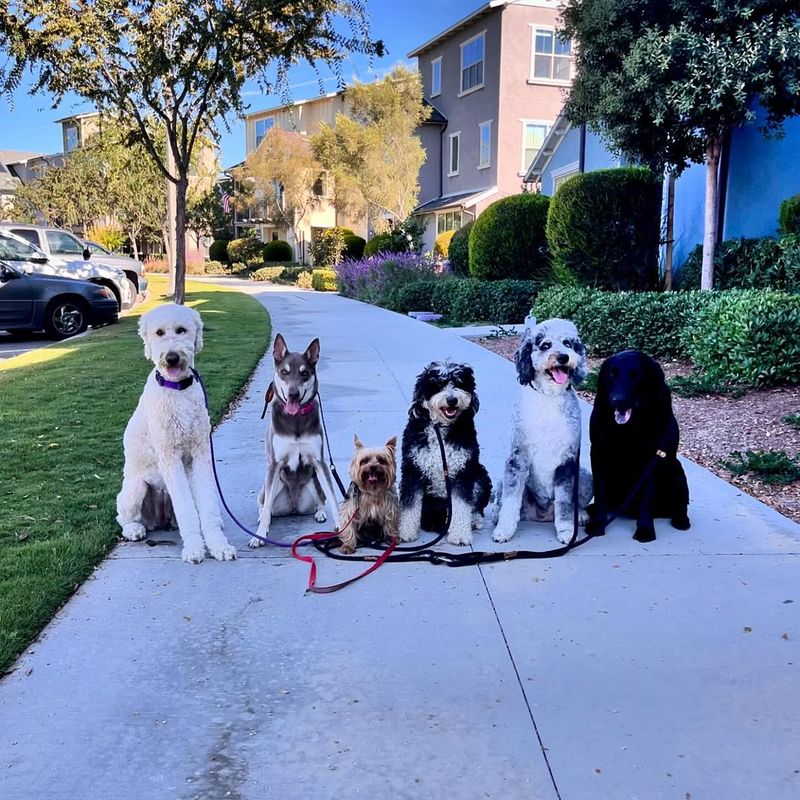
Professional trainers bring valuable expertise and customized solutions to address specific behavior issues.
If you’re struggling, seeking expert advice can provide a fresh perspective and reveal overlooked challenges.
Their experience helps tailor training to your dog’s needs, expediting progress. Investing in professional guidance can lead to more effective and lasting results.

